When good intentions masquerade as grand success, the truth about deprivation becomes the first casualty.
The Kerala government’s claim to have eradicated extreme poverty deserves applause for its moral ambition — but also scrutiny for its methodological confusion and semantic sleight of hand. What is being celebrated as the world’s second instance, after China, of the complete elimination of extreme poverty, is in fact a rebranding of a welfare rehabilitation drive. The Extreme Poverty Eradication Programme (EPEP) may have changed lives, but to call it an “eradication of extreme poverty” is a categorical overstatement that weakens the credibility of Kerala’s otherwise impressive social development legacy.
A Statistical Mirage
The first red flag lies in the very arithmetic of the claim. The government asserts that 64,006 “families” — comprising 1,03,099 individuals — have been brought out of extreme poverty. That translates to an average family size of 1.6 — a demographic impossibility in a state whose average household size is 4.5. What the government calls “families” are evidently households, and that error is not just linguistic but analytical.
The mistake is compounded when the project’s architects try to align this number with NITI Aayog’s estimate that 0.73% of Kerala’s population lives in extreme poverty. Even by their own figures, the project covers barely 0.28% of the population — less than half the officially recognised proportion. In effect, Kerala has not eradicated extreme poverty; it has redefined it to fit a politically convenient narrative.
A Redefinition of the Poor
The EPEP’s conceptual problem runs deeper. The programme’s eligibility criteria exclude the poorest households already covered under existing schemes, such as the Antyodaya Anna Yojana — 5.9 lakh ration cardholders deemed “poorest of the poor.” If the policy logic was to “reach those left out of welfare,” this was not extreme poverty eradication but gap-filling in welfare coverage.
In economic terms, EPEP targeted a residual group — the destitute, marginalised, and unregistered poor — rather than the extremely poor in the multidimensional sense defined by the World Bank or NITI Aayog’s MPI framework. What Kerala has effectively achieved is rehabilitation of destitution, not eradication of extreme poverty. A more accurate name for the initiative would be the Rehabilitation Project for the Destitute.
The Global Definition: What Is ‘Extreme Poverty’?
The World Bank’s updated (2022) global threshold for extreme poverty stands at US$2.15 per person per day (2017 PPP), a benchmark intended to capture the bare minimum required for subsistence — access to food, shelter, and basic health. Those living between US$3.65 and US$6.85 are classified as “moderate poor” or “lower-middle-income poor,” depending on regional cost structures. Importantly, the World Bank conceptualises poverty not as a static income threshold but as a multi-dimensional state of deprivation — encompassing education, healthcare, living standards, and social participation.
By this definition, poverty eradication demands longitudinal income data, not administrative enumeration. Kerala’s EPEP, however, measures success through the completion of rehabilitation microplans, not through household income or consumption surveys. The absence of periodic income tracking, asset evaluation, or cross-verification with NSSO consumption data renders the “eradication” claim statistically indefensible.
NITI Aayog’s Multidimensional Poverty Index: A Contrast in Rigor
India’s Multidimensional Poverty Index (MPI), launched by NITI Aayog in 2021, is based on the Global MPI methodology developed by the Oxford Poverty and Human Development Initiative (OPHI) and the United Nations Development Programme (UNDP). It uses 12 indicators across three dimensions — health, education, and standard of living — each weighted to compute a composite deprivation score.
Households deprived in one-third or more of these indicators are considered multidimensionally poor. In Kerala, only 0.55% of people fall under this category — the lowest in India — reflecting decades of investment in human development.
Yet, the EPEP’s identification method stands in sharp contrast. Instead of using a multidimensional deprivation matrix, it relied on local body nominations and participatory enumeration. Individuals were identified through community meetings, Kudumbashree inputs, and field-level verification — useful for targeting humanitarian relief, but insufficient for measuring poverty in a statistically rigorous way. The EPEP microplans focused on immediate provisioning — housing, ration cards, pensions, and health coverage — without establishing baseline or endline multidimensional indicators. Thus, its success is administrative, not empirical.
In short, NITI Aayog measures poverty through structured deprivation indices; Kerala measures it through the completion of welfare checklists.
The Economics of Confusion
From a development economics standpoint, poverty eradication cannot be verified through administrative enumeration alone. It requires a poverty dynamics analysis — measuring not only who has been lifted above the poverty line, but who stays there sustainably. Kerala’s EPEP lacks such a longitudinal design. Its identification was based on local body surveys and community nomination rather than on household consumption or multidimensional deprivation indices. The programme rightly provided homes, documents, and basic entitlements — but these are inputs, not outcomes. Without income diversification, asset accumulation, or employment stability, beneficiaries remain vulnerable to relapse.
Moreover, the programme’s microplans —immediate, intermediate, and long-term — while laudable in concept, depend heavily on interdepartmental coordination and local capacity. Without institutionalised monitoring, this coordination often decays after the initial political momentum fades. Poverty eradication is not an event; it is a continuous process.
A Political Economy of Virtue
To dismiss EPEP as a mere electoral gimmick would be unfair. The programme’s moral core — extending care to society’s “wasted lives”, as sociologist Zygmunt Bauman termed them — deserves recognition. For thousands of mentally ill, homeless, or abandoned citizens, EPEP has brought a measure of dignity.
But Kerala’s political culture is steeped in the virtue economy of communism — where compassion often doubles as ideology. The narrative of “being the first state to eliminate extreme poverty” serves both a moral and political purpose: reaffirming the Left’s developmental exceptionalism. In this performative frame, criticism becomes heresy, and questioning data becomes “anti-communist propaganda.”
The Missing Poor
One of the gravest shortcomings of EPEP is its tribal blindness. Despite high deprivation among Scheduled Tribes — notably the Paniya, Adiya, and Kattunaikkar communities of Wayanad and Attappady — they constitute only about 5% of the identified beneficiaries. This is not just a data flaw; it is a justice failure.
Kerala’s celebrated decentralisation does not automatically translate to inclusion. When the structures of identification are community-driven but socially embedded, marginal groups often remain invisible within participatory processes dominated by local elites.
The Broader Policy Lesson
Kerala’s experience offers a paradox worth noting. Its claim of zero extreme poverty coincides with the persistence of severe unemployment (particularly among youth and graduates) and growing informalisation of labour. In such a context, declaring the end of extreme poverty without addressing the structural roots of deprivation — employment, asset inequality, and social mobility — amounts to policy triumphalism rather than transformation.
The global community, too, must be cautious in celebrating this model. If every welfare convergence initiative can be christened a “poverty eradication” programme, the moral currency of the Sustainable Development Goals (SDG 1: No Poverty) will be quickly devalued.
Conclusion: Beyond Semantics
Kerala’s Extreme Poverty Eradication Project is both a triumph and a cautionary tale. It reflects the best of decentralised, humane governance — yet it exposes the perils of overclaiming success. To dignify destitution is noble; to disguise it as eradication is deceptive. True poverty eradication demands empirical humility: rigorous data, independent audits, and a willingness to accept that progress is never total. In development economics, as in life, false victories can be more dangerous than honest failures.
Kerala has taken a commendable step toward a society of care. But to call it an end to extreme poverty is, at best, a moral exaggeration — and, at worst, a policy hoax dressed in the garb of compassion.
The column has been authored by Ms. Hemangi Sinha, Project Head, World Intellectual Foundation, and Pravin Kumar Singh, Senior Project Associate, World Intellectual Foundation.








 OpinionExpress.In
OpinionExpress.In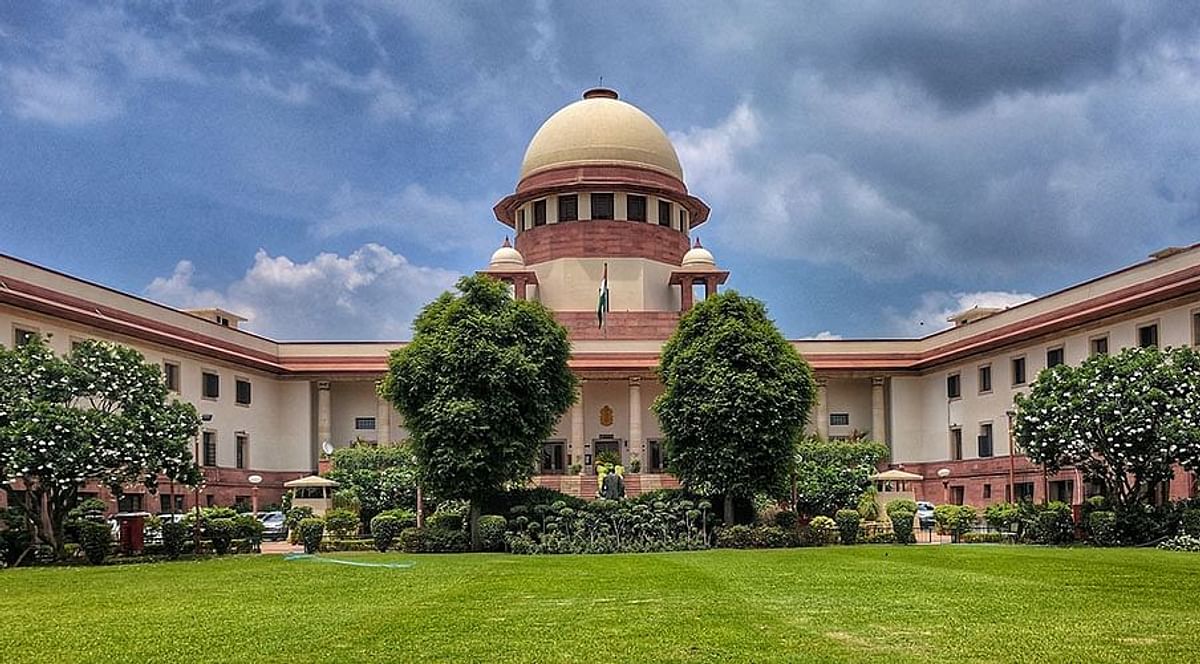

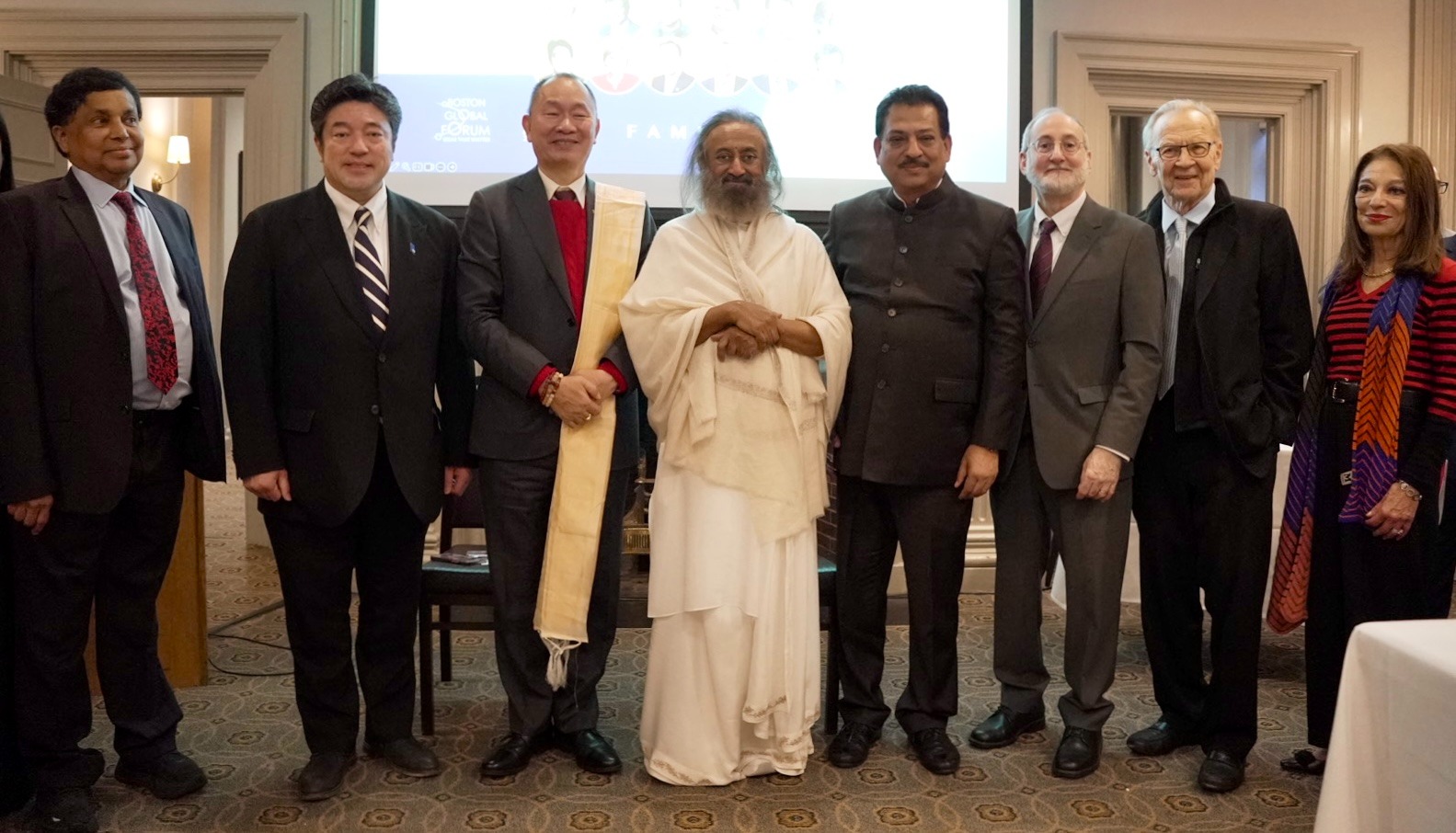

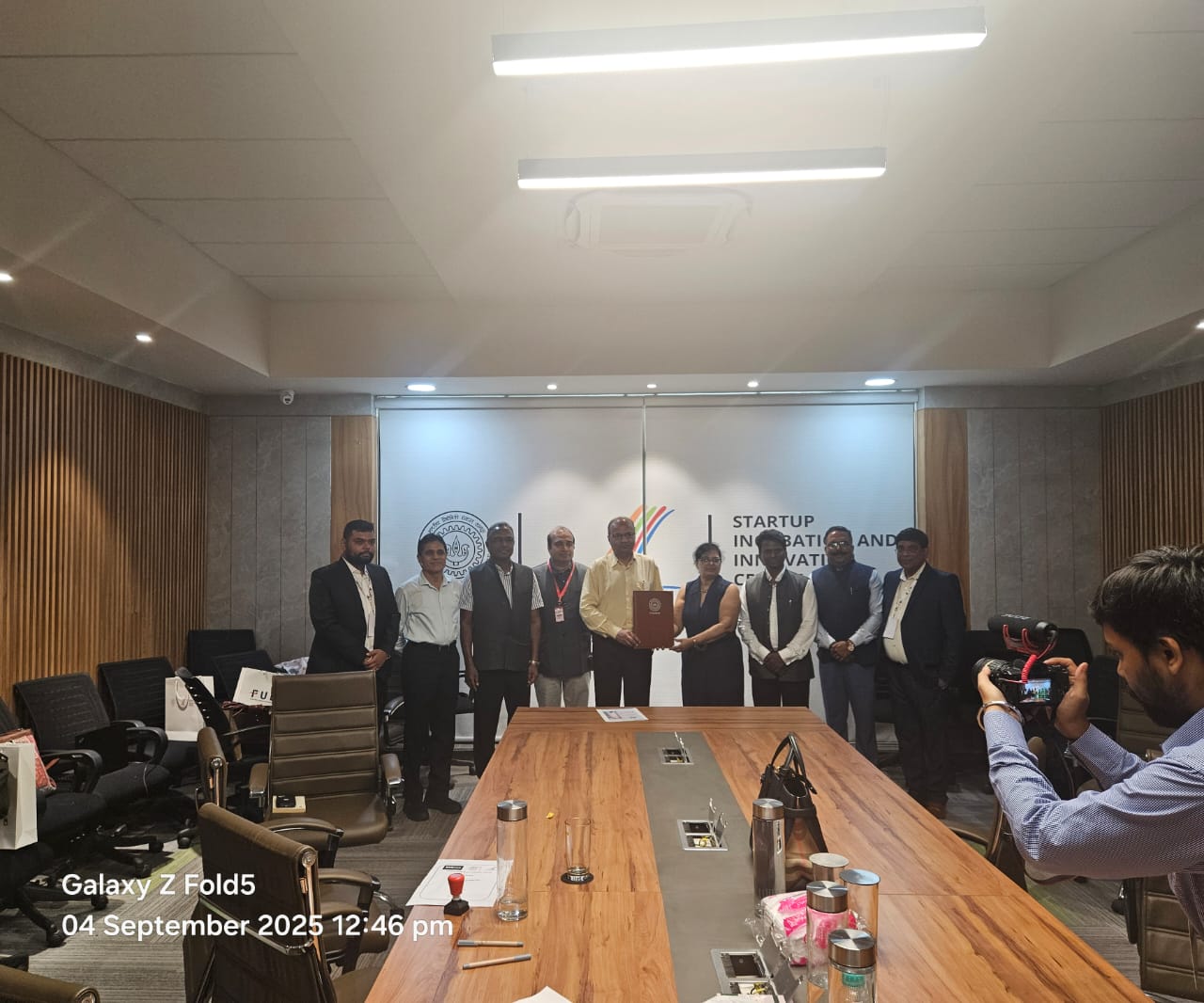
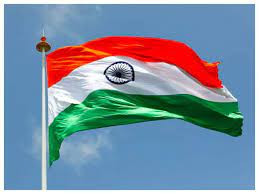









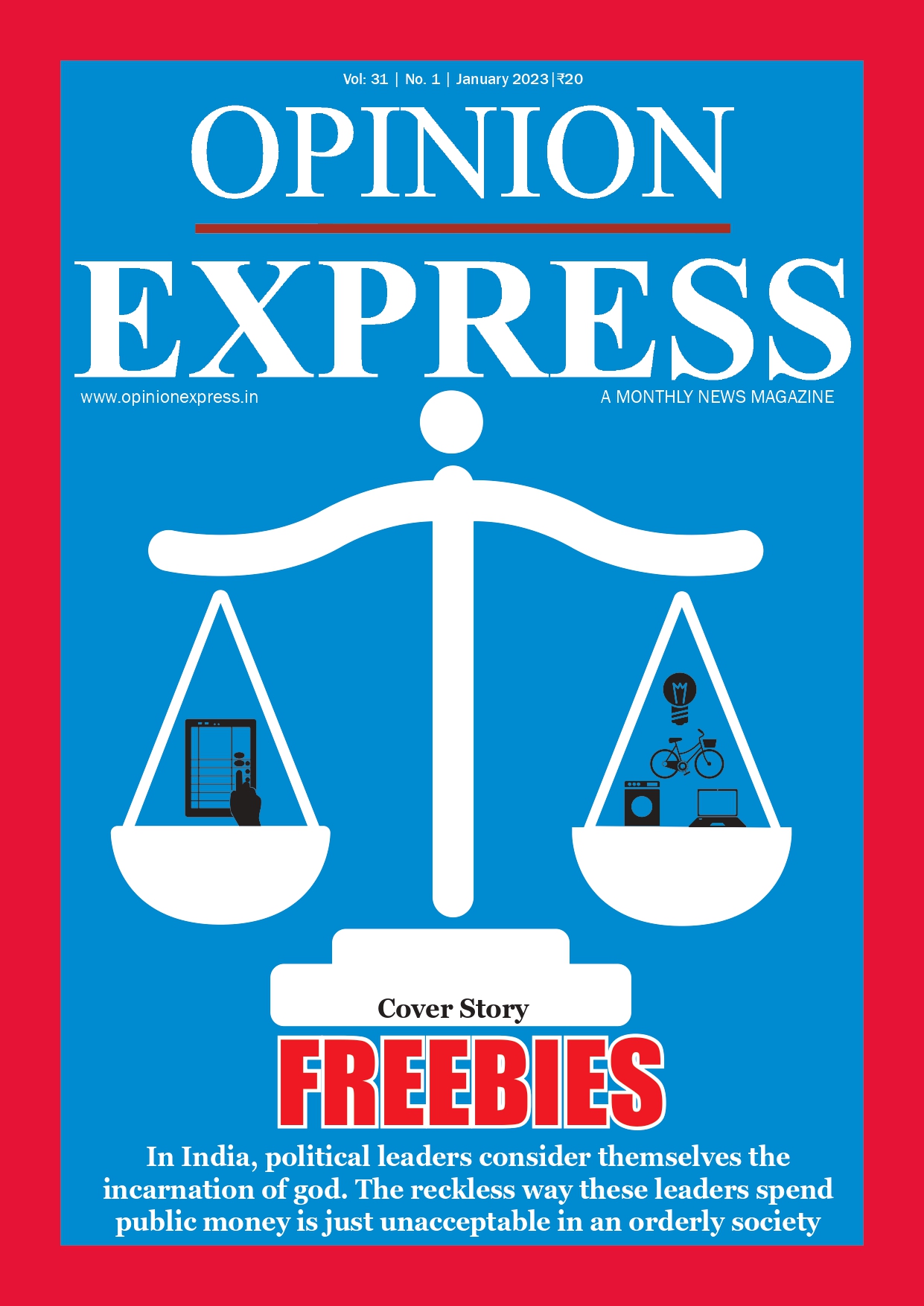
Comments (0)